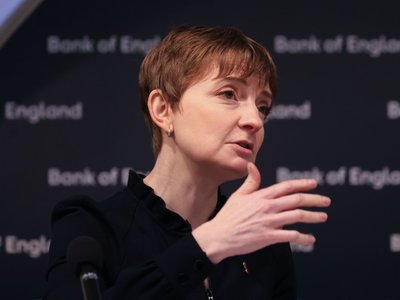
Slavery routes – a short history of human trafficking
In the 17th century, almost seven million slaves toiled in sugar production. The French, English, Dutch and Spanish empires all sought profits from "white gold.” Part 3 of this four-part series focuses on the brutality of the colonial powers.
In the 17th century, the Atlantic became the battleground of a war for sugar. European kingdoms sought ever-greater riches. To satisfy their greed, they opened new slavery routes from Africa to the islands of the New World in the Caribbean.
With the complicity of banks and insurance companies, they industrialized the slave trade, pushing the number of deportations to unprecedented levels.
Almost seven million Africans were trapped in captivity, in an endless spiral of violence. Up until the abolition of slavery, humans were trafficked across immense territories. The slave trade drew its own frontiers and created its own laws in a world marked by violence and the thirst for power and profit.
The history of slavery dates back to the earliest advanced, human civilizations. As early as the 7th century A.D, Africa became the epicenter of a human trafficking network that stretched across the globe.
Nubian, Fulani, Mandinka, Songhai, Susu, Akan, Yoruba, Igbo, Kongo, Yao, Somali... more than twenty million Africans were deported, sold and enslaved. The scale of the trade was so immense that for a long time, it was impossible to untangle the mechanisms that drove this criminal system.
With the complicity of banks and insurance companies, they industrialized the slave trade, pushing the number of deportations to unprecedented levels.
Almost seven million Africans were trapped in captivity, in an endless spiral of violence. Up until the abolition of slavery, humans were trafficked across immense territories. The slave trade drew its own frontiers and created its own laws in a world marked by violence and the thirst for power and profit.
The history of slavery dates back to the earliest advanced, human civilizations. As early as the 7th century A.D, Africa became the epicenter of a human trafficking network that stretched across the globe.
Nubian, Fulani, Mandinka, Songhai, Susu, Akan, Yoruba, Igbo, Kongo, Yao, Somali... more than twenty million Africans were deported, sold and enslaved. The scale of the trade was so immense that for a long time, it was impossible to untangle the mechanisms that drove this criminal system.











